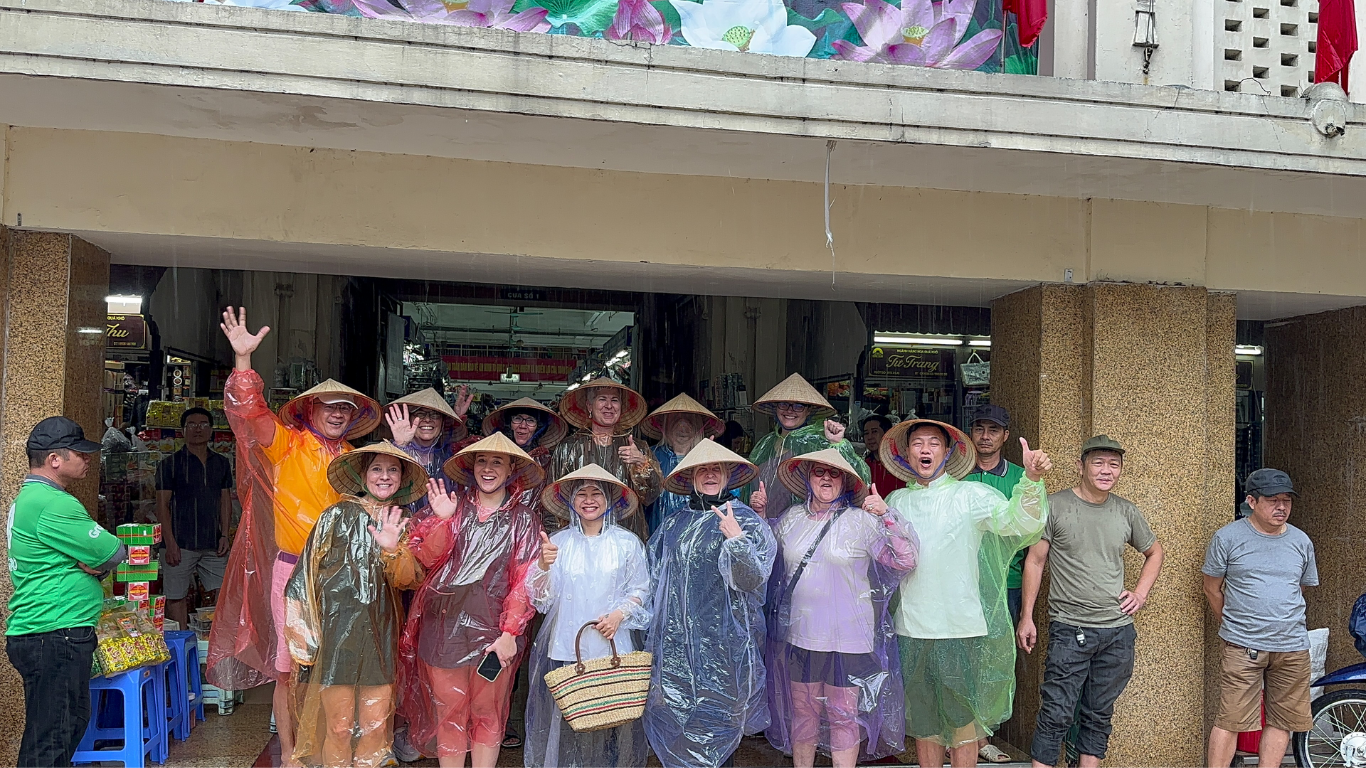Embrace the Power of Movement and Healthy Eating in Midlife
As you navigate through midlife, your relationship with exercise and healthy eating becomes increasingly essential. Many women find themselves struggling with outdated societal narratives that discourage physical activity and proper nutrition and are confused by the conflicting ‘noise’ found in social media... However, embracing movement and a balanced eating pattern diet can lead to a vibrant, healthy life.
In this blog post, you'll explore how resetting your mindset around exercise and nutrition can transform your midlife journey. Learn how to overcome common obstacles, incorporate effective workout routines, and adopt healthy eating habits that support your overall well-being and vitality as you age.
Embracing Technology: Redefining Aging for Midlife Women
While caring for aging parents, midlife women are redefining aging through technological innovation. From wearables to virtual communities, technology presents opportunities to enhance health, foster connections, and pursue new adventures. Discover how embracing technology empowers midlife women to redefine aging on their own terms, unlocking boundless possibilities for a vibrant future.
Empower Your Midlife Journey: The Art of Vision Creation and Goal Setting
Discover the transformative power of creating a vision and setting goals for a fulfilling midlife journey. Shift from fleeting New Year's resolutions to crafting an identity that aligns with your aspirations. Learn tips inspired by James Clear to change your identity and vision successfully. Embrace small habits, consistency, affirmative statements, and a supportive environment. Visualize your ideal self, journal your progress, and celebrate milestones. Consider our email course for a year-long guided transformation. With patience and commitment, you can reinvent your life and flourish in midlife.
The Profound Dual Purpose of Travel: Lost and Found
Traveling goes far beyond exploring new landscapes and experiencing different cultures; it’s a journey of self-discovery and transformation. In the words of George Santayana, travel is both a means to lose and find ourselves. Beyond the familiar narrative presented in newspapers and media, travel offers a unique perspective that sharpens our awareness, challenges our assumptions, and enriches our understanding of the world.
Embracing the Unpredictable: Navigating Health Scares and Prioritizing Wellness in Midlife
Discover how to prioritize wellness and cope with health scares in midlife. Learn about preventable risk factors, maintain a healthy lifestyle, and understand health conditions like monoclonal gammopathy of undetermined significance (MGUS), a precursor to multiple myeloma.
Eat More Fruits and Vegetables: It’s Not as Difficult as You Think
No matter what eating pattern you follow fruits and vegetables are at the foundation of the recommendations. Eating more produce is a great place to start when trying to improve your eating habits. Increasing the number of servings you eat doesn't have to be hard. Check out these 8 simple tips to get started.
Don’t miss a blog post - sign up for the Rumblings emails to receive posts delivered straight to you email inbox!






